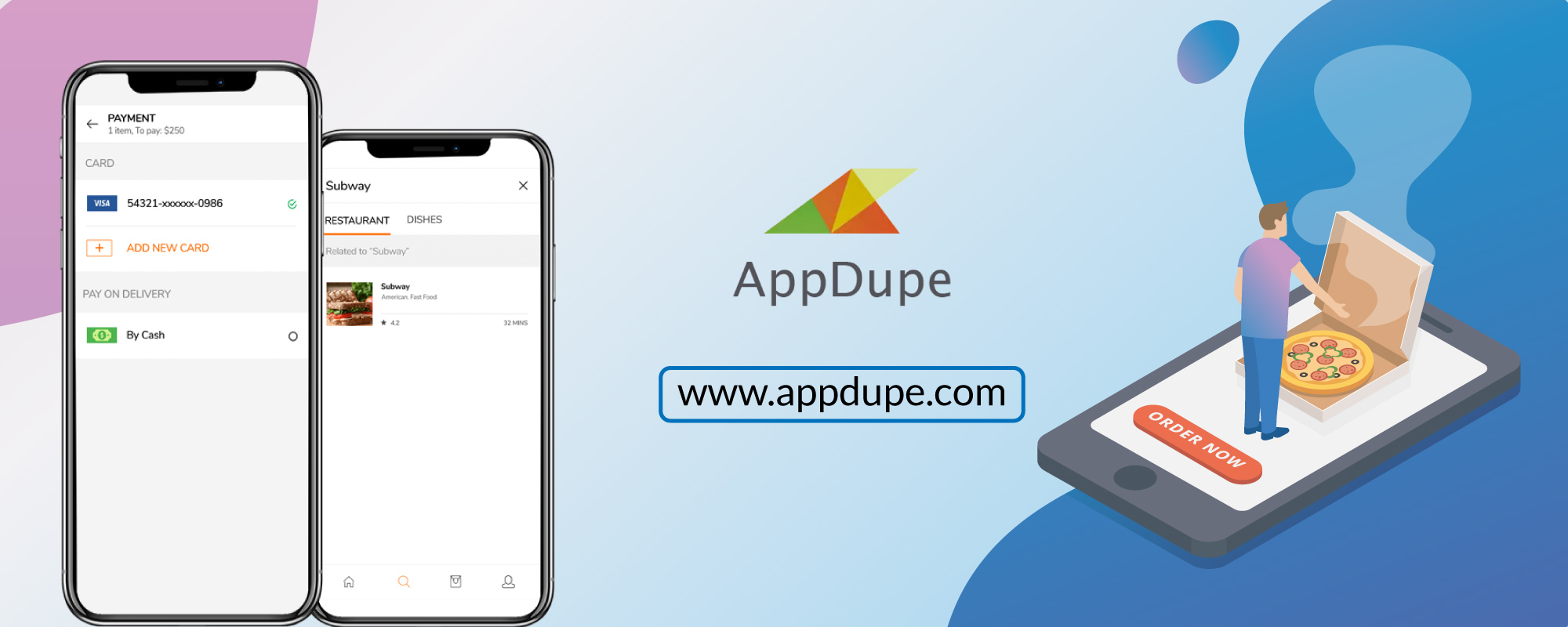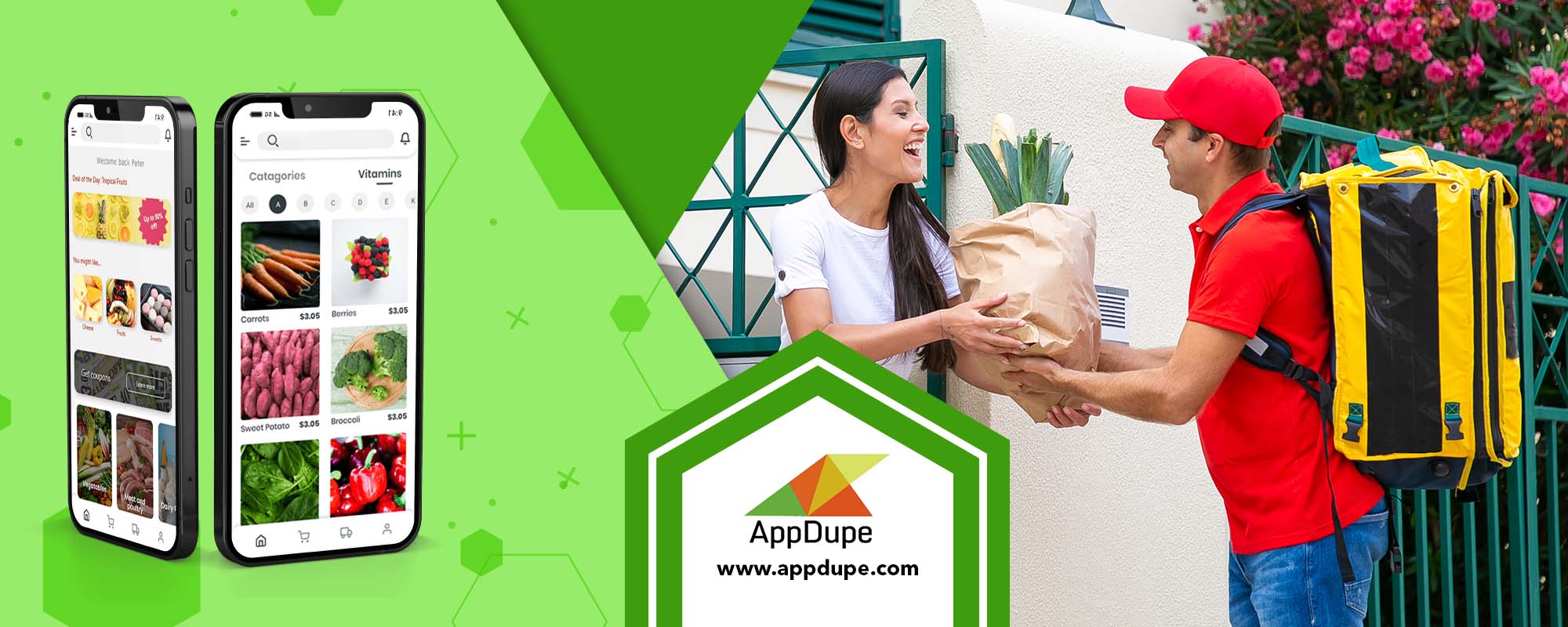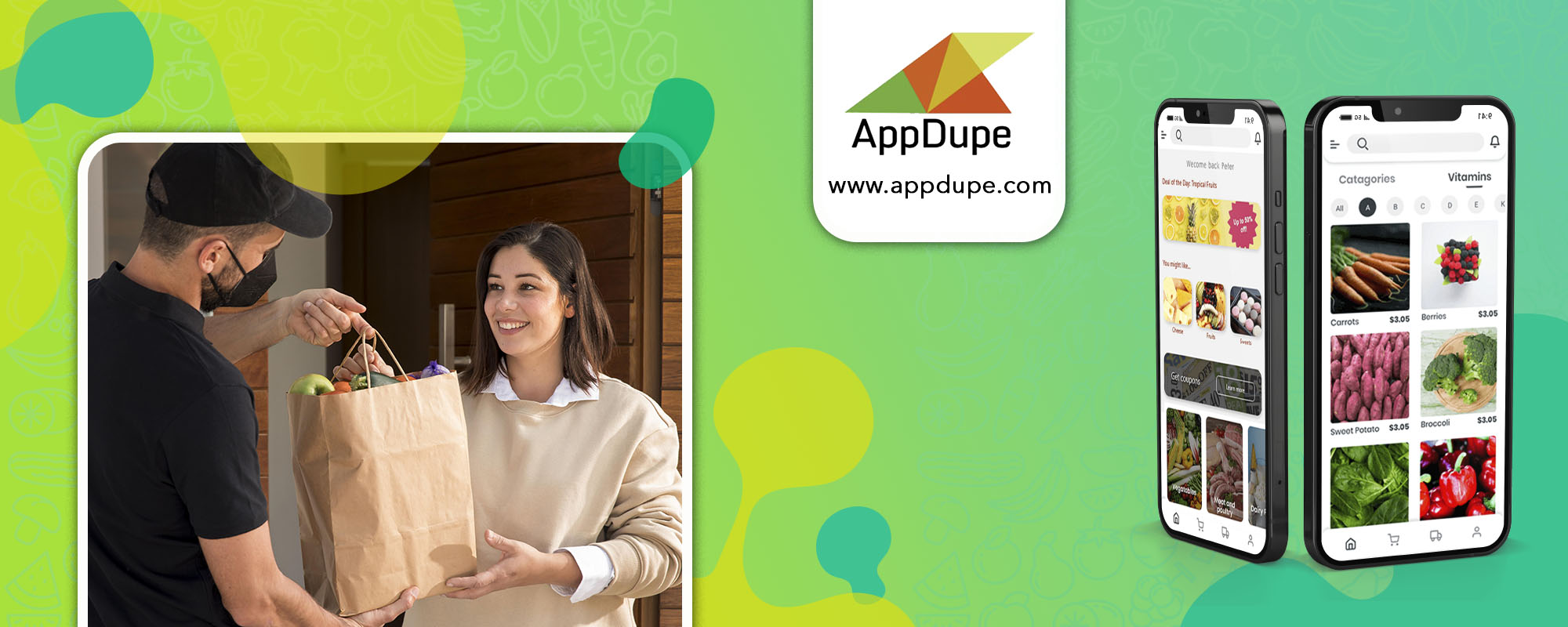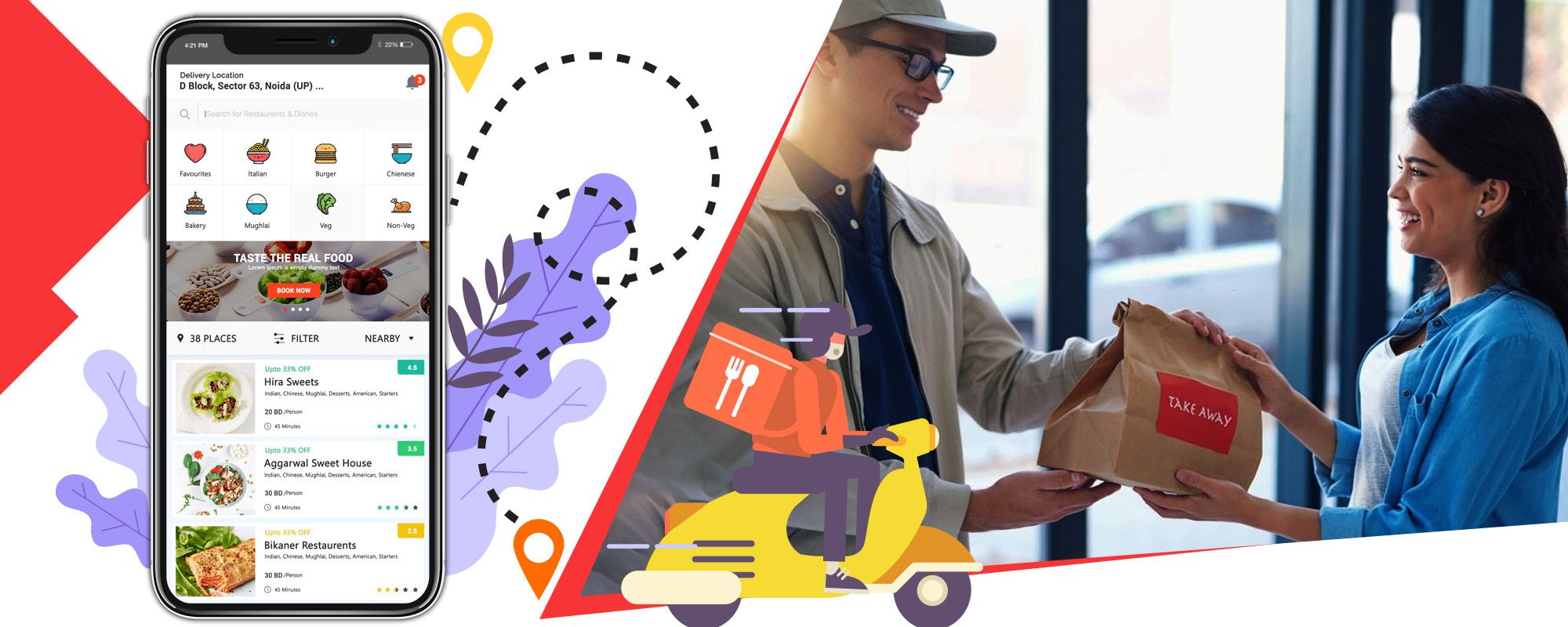Uber Turns Its Attention to UberEats Amid COVID-19: Can Food Delivery Apps Dominate the On-demand Sector?
Author Delivery App Development, Food Delivery App Development, Technology, UberEats Clone
The success of Uber has transcended boundaries, revamped industries, and revolutionized the digital world. In its decade long journey, Uber has retained its status as the most potent and influential app. With that being said, Uber never failed to innovate or expand its business strategy across numerous sectors. One such unique idea from Uber’s playbook is UberEats – the food delivery journey.
The impact of COVID-19 is, by far, the most catastrophic event of the century. Even though the global economic recess of ‘08 witnessed a plunge in the economy, valuable human lives remained safe. Lockdowns, social distancing, self-isolation – the fast-paced world came to a rather screeching halt for nearly two quarters. Amid this outbreak situation, people prefer to stay put in their homes. With favoring work from home conditions, people are exploring the opportunity to shop/buy essentials via delivery services.
Will the tendency for deliveries boost the need for platforms like UberEats? Is it a profitable business opportunity for entrepreneurs to invest in an UberEats clone? With the demand for taxis almost dried up, can the food delivery sector clinch the top spot? Let’s deduce what the future has in store.
Uber digs deeper – There’s something fishy!
The word Uber has become synonymous with taxis. Facing the ruthless damages of COVID-19, Uber has laid-off 14% of its workforce, unable to cope with the losses. The company’s net loss in the first quarter of 2020 rose to a whopping $2.9 billion.
Amid the ride-hailing struggles, Uber’s food delivery division, UberEats, experienced a positive surge of 53%. Even in the last quarter of 2019, UberEats accounted for 51% of the company’s gross booking growth. With the new year leading to massive demand in food delivery services, UberEats generated an income of $1.6 billion when compared to the previous year.
Uber is experimenting with UberEats following this historic rise in demand. Some of the initiatives worth-mentioning include,
- The Uber-Postmates deal for $2.65 billion
- Uber’s Restaurant Manager app
This switch from ride-hailing to food delivery can either be pre-planned or momentary. Either way, Uber has turned its attention, forecasting a better growth in the sector. It’s time for entrepreneurs to capitalize upon before the giants make it too difficult to catch up.
The business model dilemma – Demystifying the code
The initial step in any food delivery app development involves visualizing how the app conducts business. Fundamentally, there are two options for any aggregator – either take matters into their own hands or leave the process to the stakeholders.
In the familiar marketplace model, the platform is a simple online medium, linking customers with restaurants. It is the restaurant that takes care of order processing and deliveries. While the task for a platform is considerably less, they need to take up the blame every time restaurants fail to meet the delivery timings.
On the other hand, choosing the order and delivery model comes with added responsibility. Hiring and managing an in-house delivery chain needs expert supervision. This paradox has left entrepreneurs spoilt for choices – upholding commitment and quality in a platform.
The order and delivery model comes with one significant drawback – reduced profit margins. Including a delivery chain & a large workforce adds to the maintenance costs, lowering the net revenue output.
Uber’s short-lived delivery stunt – UberRUSH
Uber isn’t relatively new to delivery services. Uber’s on-demand package delivery service, UberRUSH, cannot cope with market demands. Uber had to drop the plan as they were losing an intense battle against fellow rivals Postmates in 2015. Although Uber’s delivery venture spanned only a few years, there were specific takeaways – the market for delivery services is vast, and you need the right logistics to gain a predominant market share.
Uber failed to annihilate – Now it’s acquiring
It took a while for Uber to recover from the defeat of UberRUSH. However, Uber didn’t back off. It was ready to experiment with its food delivery division. This time around, it has tweaked its strategy from building it to buying it. The ideology was simple. Acquiring a pre-established brand or forming strategic partnerships with it was way easier than building from scratch.
The buzz around the air, following the pandemic situation, was Uber trying to acquire Grubhub, emerging as a strong competitor against DoorDash. Talks transformed into advanced ones, with high chances of the merger. As luck would have it, JustEat Takeaway managed to lure Grubhub, acquiring the latter for $7.3 billion.
Uber turned its attention towards the fourth top player in the US delivery sector – Postmates. In an exciting turn of events, Uber did acquire Postmates a month later for $2.65 billion. With Postmates focusing on more than just food deliveries, Uber can finally witness a modified version of UberRUSH succeeding. With several delivery services like grocery, alcohol, medicine, etc., thriving amid the pandemic situation, the Uber-Postmates partnership seems to be a pretty interesting one.
After all the deal speculations, there lie three top players, going neck-to-neck – Uber-Postmates, Grubhub-JustEat Takeaway, DoorDash. Besides, several emerging startups can have a decent head start, provided they manage to pull off a balance between quality, safety, and economy.
Rising to the occasion
When you look back at history, it is at unforeseen times when a business rises to the occasion and emerges as a top brand. Fortunately or unfortunately, the situation has arrived. An entrepreneur, with all guns blazing, can have a competitive advantage over the rivals. So, what does it take to rise to the occasion with an UberEats clone?
The initial step involves a self-assessment; what do you have in hand, and what are you trying to build? Analyzing the needs and gathering resources accordingly enables you to have an all-important advantage.
In the next step, decide on how the platform should conduct business. Do you have the resources to manage a vast delivery chain? Determining the business model is vital in every aspect as the ones you choose now will significantly impact your sustainability in the long run.
Subsequently, have you thought of your unique selling proposition? If not, brainstorm your market and identify what your customers are expecting. Going the extra mile than your rivals is an innovation in itself, worthy of being called a unique selling proposition.
Finally, you develop and launch your app in the market. The reception among the audience spins a tale about whether you have risen to the occasion or fell short in the pecking order of food delivery apps.
Safety – A critical component post-COVID-19
The spot for the most vital component to on-demand apps keeps changing frequently. For years altogether, the economy remained a dominant force. As several startups begin to emerge, quality gradually filled the shoes of the economy. On-demand apps offering high-quality services gained an irreplaceable position among customers. It’s time for a change once again. In the post-COVID-19 era, safety proves to be the most valuable component to possess.
How to bring safety into the ecosystem? Well, customers are, without exaggeration, petrified with the thought of contracting COVID-19. Your food delivery app needs to replace this fear with trust. For gaining trustworthiness, safety strategies can come in handy. Let’s discuss them here,
The top-concern of any customer is if they would contract the virus due to delivery executives. You can include a pickup option in the platform, wherein you eliminate the delivery executives’ role by enabling customers to pick up their orders themselves. Besides, encouraging the system to adopt contactless deliveries is worthy of a mention here. By dropping customer orders in front of their homes rather than handing them over directly, the chances of contracting the virus get reduced dramatically.
Safety gear to delivery executives and restaurant professionals is a no brainer in the current scenario. Moreover, scrutinizing restaurants for safety standards can help you keep service quality in check. Simple measures like safety badges to restaurants, customer feedback on safety standards, etc., can go a long way in instilling the critical component – trust.
Challenging the giants
Venturing into the market of unicorns is easy; competing with one is equally difficult. Most entrepreneurs complicate this part of the rivalry, focusing on less important aspects rather than the obvious ones. Laying the foundation for a robust app can be a game-changer. So, how does one manage to build a strong foundation?
Brainstorm ideas and identify areas where your competitors are lacking. This way, you have clarity about your end-product and, most importantly, room for improvement. An upgraded app, in every aspect, paves the way for a better reception among the audience.
While complicated things make matters worse, introducing a complex design can be the final nail in the coffin. Having a fluid interface design that is simple, minimalistic, and informative will enrich customer experience to a whole new level.
Integrating the perfect blend of unique & essential features into the platform can set the tone for customer reliability. In challenging the giants, channelize your resources to build the essential aspects rather than investing on out of the blue ideas.
One final strategy – choosing the right app development company
Transforming ideas by giving shape to it is no easy feat. It would help if you had a dedicated team of technical experts behind your back. You need to ensure that you’re developing the app according to the latest tech-stack and current market trends.
In case you’re identifying who can do such a task for you, we, at Appdupe, are just a tap away. Our seasoned team of tech-savvy minds manages to build a robust UberEats clone, entirely customizable according to your needs. Our comprehensive solutions are incredibly cost-effective, time-conserving, highly scalable, and whatnot.
Conclusion,
The taxi giant Uber has almost shifted its core operations towards the food delivery segment. With so many deals and acquisitions surrounding the sector, the future for food delivery services looks bright. As an icing to the cake, the COVID-19 pandemic is fueling the need for restaurants to turn digital. An entrepreneur, encompassing a wide variety of restaurants in a feature-rich food delivery platform, can gain instant traction in popularity and revenue.
Rising to the occasion and challenging the giants requires a stern entrepreneurial mindset. Can you provide the irresistible force the food delivery sector awaits?
Gain instant traction with our UberEats clone.

Marketing is my soul mate and writing is my side kick. Using my writing skills to share the knowledge of app development and upcoming technologies.









Balanceo dinamico
Sistemas de balanceo: esencial para el rendimiento suave y efectivo de las equipos.
En el campo de la avances moderna, donde la rendimiento y la fiabilidad del equipo son de gran importancia, los sistemas de equilibrado tienen un función crucial. Estos sistemas adaptados están concebidos para ajustar y regular componentes dinámicas, ya sea en equipamiento productiva, medios de transporte de movilidad o incluso en dispositivos domésticos.
Para los especialistas en mantenimiento de sistemas y los ingenieros, manejar con equipos de ajuste es esencial para asegurar el operación fluido y confiable de cualquier aparato dinámico. Gracias a estas herramientas innovadoras avanzadas, es posible limitar considerablemente las sacudidas, el zumbido y la esfuerzo sobre los cojinetes, prolongando la tiempo de servicio de componentes valiosos.
Asimismo relevante es el rol que cumplen los equipos de calibración en la asistencia al usuario. El asistencia profesional y el reparación regular utilizando estos equipos habilitan dar asistencias de óptima excelencia, elevando la bienestar de los consumidores.
Para los dueños de emprendimientos, la inversión en unidades de ajuste y sensores puede ser fundamental para incrementar la efectividad y desempeño de sus aparatos. Esto es especialmente importante para los dueños de negocios que gestionan reducidas y modestas negocios, donde cada aspecto es relevante.
También, los equipos de calibración tienen una vasta uso en el área de la fiabilidad y el control de calidad. Habilitan localizar posibles problemas, impidiendo reparaciones costosas y perjuicios a los sistemas. Más aún, los información extraídos de estos dispositivos pueden utilizarse para perfeccionar procesos y incrementar la presencia en buscadores de investigación.
Las sectores de uso de los sistemas de equilibrado cubren diversas sectores, desde la fabricación de transporte personal hasta el control ambiental. No interesa si se refiere de importantes elaboraciones productivas o limitados establecimientos hogareños, los aparatos de balanceo son esenciales para garantizar un rendimiento efectivo y sin presencia de detenciones.
Профессиональный сервисный центр по ремонту бытовой техники с выездом на дом.
Мы предлагаем:сервисные центры по ремонту техники в мск
Наши мастера оперативно устранят неисправности вашего устройства в сервисе или с выездом на дом!
Профессиональный сервисный центр по ремонту техники в Йошкар-Оле.
Мы предлагаем: Сколько стоит ремонт экшен-камер Gembird
Наши мастера оперативно устранят неисправности вашего устройства в сервисе или с выездом на дом!
Предлагаем услуги профессиональных инженеров офицальной мастерской.
Еслли вы искали ремонт холодильников gorenje сервис, можете посмотреть на сайте: срочный ремонт холодильников gorenje
Наши мастера оперативно устранят неисправности вашего устройства в сервисе или с выездом на дом!
Предлагаем услуги профессиональных инженеров офицальной мастерской.
Еслли вы искали ремонт кофемашин philips рядом, можете посмотреть на сайте: срочный ремонт кофемашин philips
Наши мастера оперативно устранят неисправности вашего устройства в сервисе или с выездом на дом!